Wyoming trees
wildtigger2
12 years ago
Related Stories
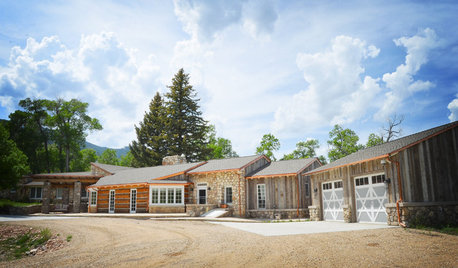
HOUZZ TOURSMy Houzz: Renovated Dude Ranch in Wyoming
Nestled in the Wyoming mountains, this idyllic getaway honors its natural surroundings and dude ranch history
Full Story
GARDENING GUIDES10 Top California Native Plants, Trees and Grasses
Enjoy a fuss-free, water-wise garden in the Golden State by growing plants naturally in tune with the climate and wildlife
Full Story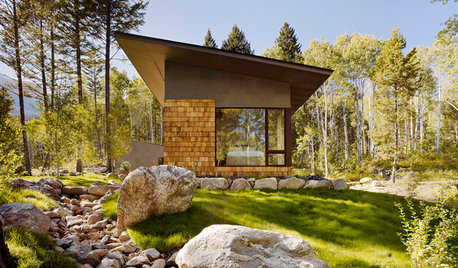
HOUZZ TOURSHouzz Tour: Finding the Essential in a Compact Guesthouse
Waiting out the economic downturn, a Wyoming couple takes up the challenge of living small — with beautiful results
Full Story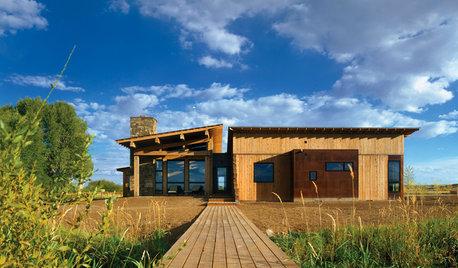
HOUZZ TOURSHouzz Tour: Deconstruction Reshapes Log Cabin Style
A river runs through it, but this modern Wyoming home is just as notable for its inventive architectural take on the log cabin archetype
Full Story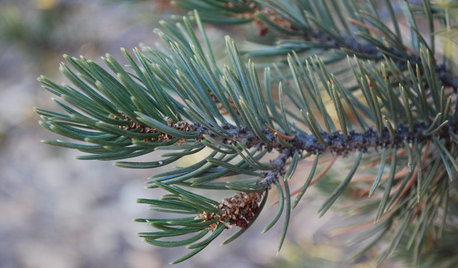
TREESGreat Design Plant: Pinyon Pine
You might just go nuts for this tough evergreen native to the Western U.S.
Full Story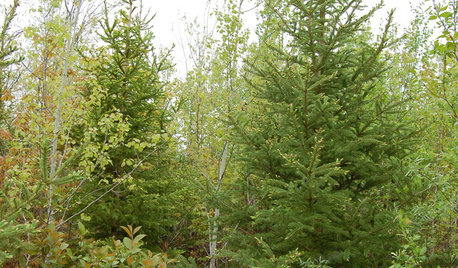
GARDENING GUIDESGreat Design Plant: Picea Glauca
Its sculptural form and evergreen foliage provide year-round beauty and wildlife shelter. Its cones offer important winter songbird food
Full Story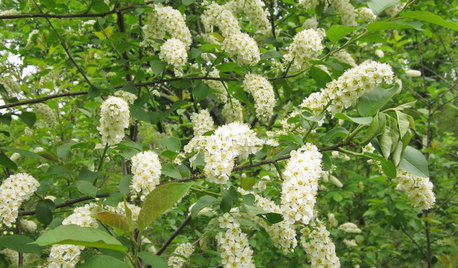
TREESNative Plant Alternatives to Invasive Common Buckthorn
Learn how to identify and control this aggressive plant, and what to grow in its place
Full Story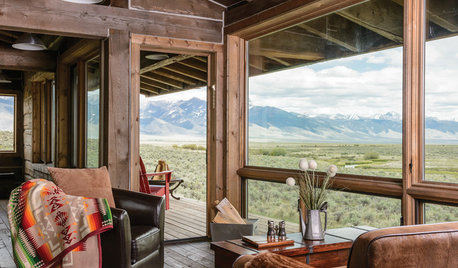
RUSTIC STYLEAt Home on the Range
Cabin retreats in idyllic locales fill the pages of the new book ‘American Rustic.’ We take you inside one of them
Full Story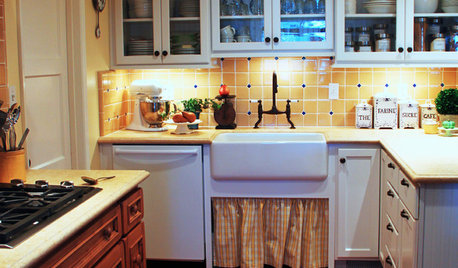
HOUZZ TOURSMy Houzz: Italian Country Cottage in California
Handmade touches, colors inspired by Italy and antique finds from around the world create a cheerful, charming home
Full Story
GREEN BUILDINGGoing Solar at Home: Solar Panel Basics
Save money on electricity and reduce your carbon footprint by installing photovoltaic panels. This guide will help you get started
Full Story





david52 Zone 6
windwhipped
Related Professionals
Tempe Landscape Contractors · Bergenfield Landscape Contractors · Choctaw Landscape Contractors · Columbine Landscape Contractors · Edwardsville Landscape Contractors · Farmington Landscape Contractors · New Braunfels Landscape Contractors · North Chicago Landscape Contractors · Oviedo Landscape Contractors · San Rafael Landscape Contractors · West Orange Landscape Contractors · Muscoy Solar Energy Systems · Elmhurst Solar Energy Systems · Wakefield Solar Energy Systems · Wasco Solar Energy SystemsBeeone